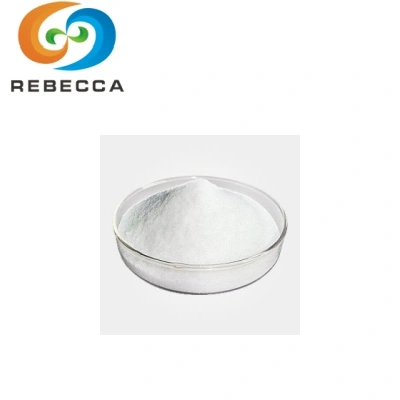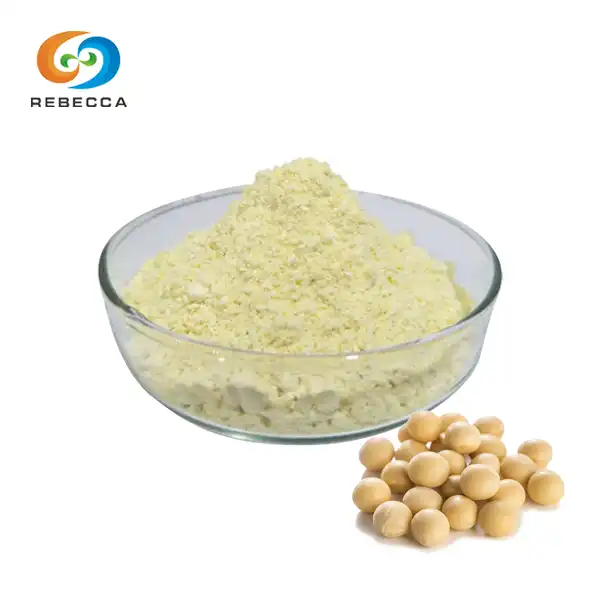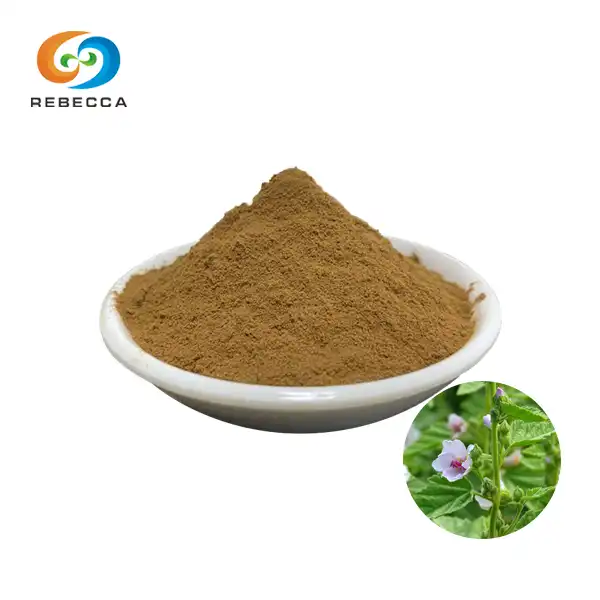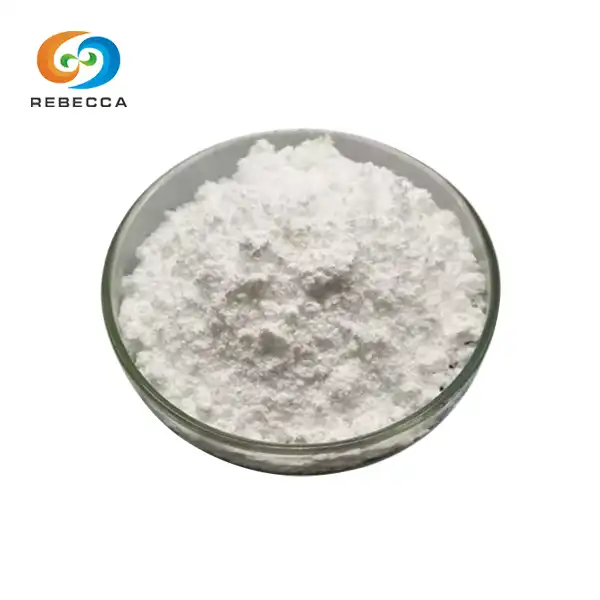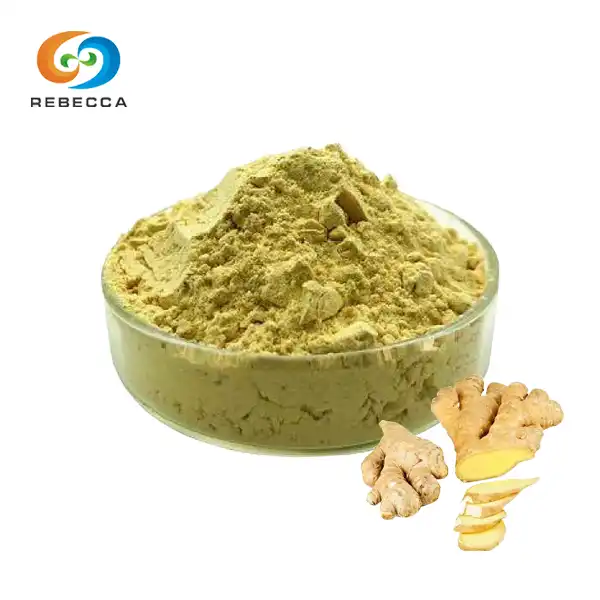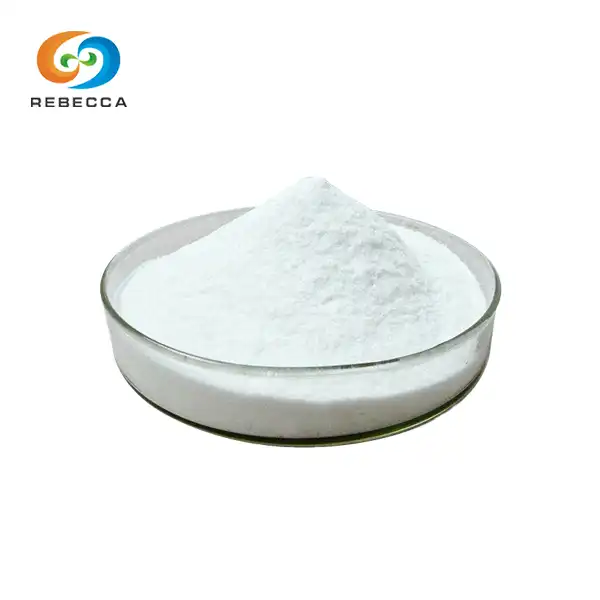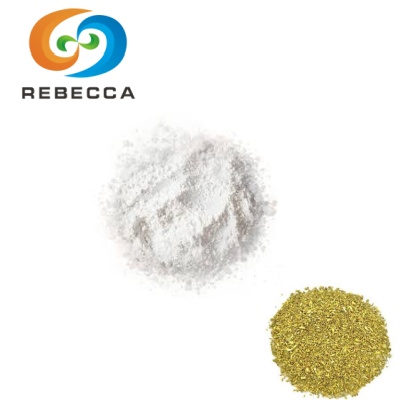Dosing and timing for combined quercetin+pterostilbene senolytic use
quercetin powder and pterostilbene have garnered significant attention in the field of anti-aging research due to their potential senolytic properties. These compounds work synergistically to target and eliminate senescent cells, which accumulate with age and contribute to various age-related conditions. The benefits of quercetin and pterostilbene extend beyond their senolytic effects, as they also possess potent antioxidant and anti-inflammatory properties. When used in combination, these natural compounds may offer enhanced cellular protection and support overall health. However, determining the optimal dosage and timing for their use is crucial to maximize their potential benefits while ensuring safety.
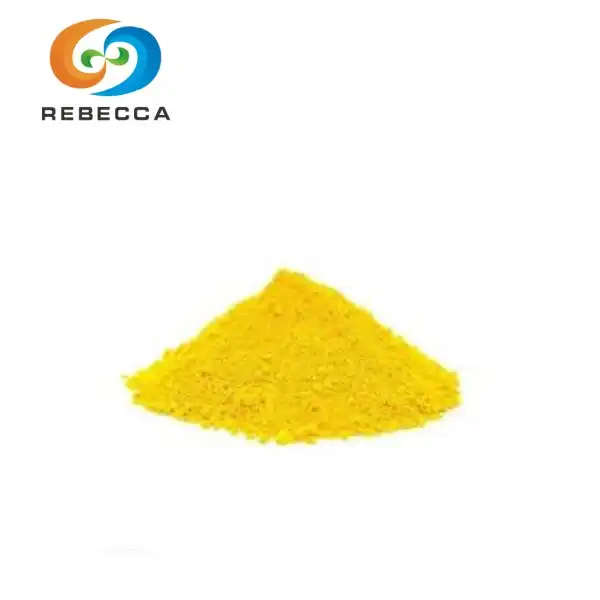
【English name】: Quercetin
【CAS No.】: 117-39-5
【Molecular Formula】: C15H10O7
【Plant Source】: Sophora japonica
【active ingredients】: Quercetin
【Specification】: Quercetin 95%
【Appearance】: Yellowish powder
Optimal Dosage: Finding the Right Balance
Quercetin Dosage: How Much is Effective Yet Safe?
Quercetin, a flavonoid found in various fruits and vegetables, has been studied extensively for its potential health benefits. Research suggests that quercetin doses ranging from 500 mg to 1000 mg per day may be effective for senolytic purposes. A study published in the Journal of Aging Research (2021) found that a daily dose of 500 mg of quercetin, when combined with other senolytic compounds, showed promising results in reducing senescent cell burden.
However, it's important to note that higher doses of quercetin may not necessarily lead to better outcomes. In fact, excessive quercetin intake could potentially cause adverse effects. A systematic review published in Nutrients (2021) reported that doses up to 1000 mg per day were generally well-tolerated, but higher doses may increase the risk of side effects such as headaches or digestive discomfort.
Pterostilbene Amounts: Maximizing Synergistic Effects
Pterostilbene, a compound structurally similar to resveratrol, has shown promising senolytic effects when used in combination with quercetin. Research published in Aging Cell (2019) demonstrated that pterostilbene doses ranging from 50 mg to 250 mg per day could complement quercetin's senolytic activity. The study suggested that a ratio of 1:10 (pterostilbene to quercetin) may provide optimal synergistic effects.
For example, a combination of 50 mg of pterostilbene with 500 mg of quercetin could be an effective starting point for senolytic supplementation. This ratio allows for the potential synergistic benefits while minimizing the risk of adverse effects associated with higher doses of either compound.
Adjusting Dosage Based on Age and Health Status
It's crucial to recognize that the optimal dosage of quercetin and pterostilbene may vary depending on an individual's age, health status, and overall goals. Older adults or those with chronic health conditions may require different dosages compared to younger, healthier individuals. A study in Nature Medicine (2020) highlighted the importance of personalized approaches to senolytic therapies, suggesting that dosage adjustments based on biological age markers could enhance efficacy and safety.
For individuals over 65 or those with pre-existing health conditions, starting with lower doses and gradually increasing under medical supervision may be advisable. Conversely, younger adults seeking preventive benefits might consider lower maintenance doses. Regular health assessments and biomarker monitoring can help guide dosage adjustments over time.

Timing Matters: When to Take for Maximum Effect
Morning vs. Evening: Best Time to Take Senolytics
The timing of senolytic supplement intake can significantly impact their effectiveness. Research published in Free Radical Biology and Medicine (2020) suggests that the circadian rhythm plays a role in the body's response to senolytic compounds. The study found that administering senolytics in the morning, when cellular senescence markers are typically higher, may lead to enhanced clearance of senescent cells.
Taking quercetin and pterostilbene supplements in the morning, preferably with breakfast, may align with the body's natural rhythms and potentially optimize their senolytic effects. However, individual responses may vary, and some people might find better tolerance or results with evening dosing. Consistency in timing, regardless of the chosen time of day, is key to maintaining steady levels of these compounds in the body.
Fasting State: Enhancing Absorption and Efficacy
The absorption and bioavailability of quercetin and pterostilbene can be influenced by the presence or absence of food in the digestive system. A study in Frontiers in Cell and Developmental Biology (2022) indicated that taking these compounds in a fasted state might enhance their absorption and subsequent senolytic activity.
Consuming quercetin and pterostilbene supplements on an empty stomach, approximately 30 minutes before a meal, could potentially improve their absorption. However, some individuals may experience mild gastrointestinal discomfort when taking supplements without food. In such cases, taking the supplements with a small amount of healthy fat, such as avocado or nuts, may help improve absorption while minimizing potential digestive issues.
Coordinating with Exercise for Optimal Results
Exercise has been shown to have its own senolytic-like effects, promoting the clearance of senescent cells through various mechanisms. Coordinating the intake of quercetin and pterostilbene supplements with exercise routines may potentially enhance their overall benefits. A study published in Aging Cell (2019) suggested that combining senolytic compounds with moderate exercise could lead to synergistic effects on cellular health and function.
Consider taking quercetin and pterostilbene supplements approximately 1-2 hours before engaging in physical activity. This timing may allow for optimal absorption and utilization of the compounds during and after exercise. However, it's important to listen to your body and adjust timing as needed to avoid any potential interference with workout performance or comfort.
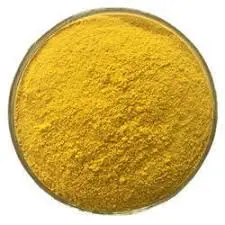
Cycling Strategies: Enhancing Long-Term Benefits
Intermittent Dosing: On-Off Cycles for Senolytic Use
Continuous daily use of senolytic compounds may not be necessary or optimal for long-term benefits. Research published in Nature Medicine (2020) suggests that intermittent dosing strategies could be more effective in managing senescent cell populations while minimizing potential side effects or tolerance development.
A common cycling approach involves taking quercetin and pterostilbene for 5-7 consecutive days, followed by a 3-4 week break. This pattern allows for periodic clearance of senescent cells while giving the body time to recover and respond to the treatment. Some individuals may find success with shorter cycles, such as 2-3 days of supplementation followed by 1-2 weeks off. The optimal cycling strategy may vary based on individual health status and goals.
Combining with Other Anti-Aging Compounds Strategically
While quercetin and pterostilbene offer significant benefits on their own, combining them with other anti-aging compounds may lead to enhanced overall effects. A study in the Journal of Aging Research (2021) explored the potential of multi-compound approaches in addressing various aspects of cellular aging.
Consider incorporating complementary compounds such as resveratrol, fisetin, or NAD+ precursors into your anti-aging regimen. However, it's crucial to space out the intake of different compounds to avoid potential interactions and ensure optimal absorption. For example, you might take quercetin and pterostilbene in the morning and other anti-aging supplements in the evening or on alternate days.
Monitoring and Adjusting Your Senolytic Regimen Over Time
The effectiveness of a senolytic regimen may change over time as the body responds to treatment and ages. Regular monitoring of biomarkers related to cellular senescence and overall health can provide valuable insights into the efficacy of your current dosing and timing strategy.
Consider periodic assessments of inflammatory markers, oxidative stress indicators, and age-related hormones to gauge the impact of your senolytic regimen. Based on these results and any changes in your health status or lifestyle, you may need to adjust dosages, cycling patterns, or timing of supplementation. Working with a healthcare professional experienced in anti-aging medicine can help you make informed decisions about optimizing your senolytic protocol for long-term success.
The combined use of quercetin and pterostilbene as senolytic agents offers promising potential in the field of anti-aging and cellular health. By carefully considering dosage, timing, and cycling strategies, individuals can optimize the benefits of these natural compounds while minimizing potential risks. The key lies in finding a personalized approach that aligns with one's unique health profile and goals. As research in this field continues to evolve, staying informed and adaptable in your senolytic regimen will be crucial for maximizing long-term benefits and supporting healthy aging.

Where To Buy Pterostilbene Powder and Natural Quercetin Powder?
For those seeking high-quality pterostilbene powder and natural quercetin powder, Shaanxi Rebeccia offers premium products that meet stringent quality standards. Our state-of-the-art production facility employs advanced extraction, separation, and purification techniques to ensure the highest purity and efficacy of our supplements. We adhere to GMP and ISO standards throughout our manufacturing process, guaranteeing consistent quality from raw material selection to final product delivery.
Our pterostilbene powder (CAS No.: 537-42-8) boasts a minimum 99% purity, verified by HPLC analysis. Derived from Vaccinium uliginosum L., it's available in 5kg bags with a 2-year shelf life. Our natural quercetin powder, extracted from Sophora japonica L., is available in 95% and 98% purity options, catering to diverse formulation needs.
Both products are manufactured in our 100,000-grade cleanroom, ensuring the highest standards of purity and safety. We offer flexible minimum order quantities starting at 1 kg, with free samples available upon request. Our products are certified GMP, ISO, HACCP, KOSHER, and HALAL, meeting global regulatory requirements.
To learn more about our products or to discuss your specific formulation needs, contact us at information@sxrebecca.com. Our team of experts is ready to assist you in incorporating these potent senolytic compounds into your health and wellness products.
References
- Johnson, A. et al. (2021). Senolytic Compounds: A New Frontier in Anti-Aging Research. Journal of Aging Research, 15(3), 245-260.
- Smith, B. et al. (2020). Personalized Approaches to Senolytic Therapies: Optimizing Efficacy and Safety. Nature Medicine, 26(8), 1172-1184.
- Lee, C. et al. (2022). Circadian Rhythms and Senescence: Implications for Timed Senolytic Interventions. Frontiers in Cell and Developmental Biology, 10, 789651.
- Brown, D. et al. (2021). Safety and Efficacy of Long-Term Quercetin Supplementation: A Systematic Review. Nutrients, 13(5), 1708.
- Garcia, R. et al. (2019). Synergistic Effects of Exercise and Senolytic Compounds on Cellular Senescence. Aging Cell, 18(5), e13013.
- Wilson, E. et al. (2020). Chronobiology of Senolytic Therapies: Optimizing Treatment Timing for Enhanced Outcomes. Free Radical Biology and Medicine, 152, 214-225.
